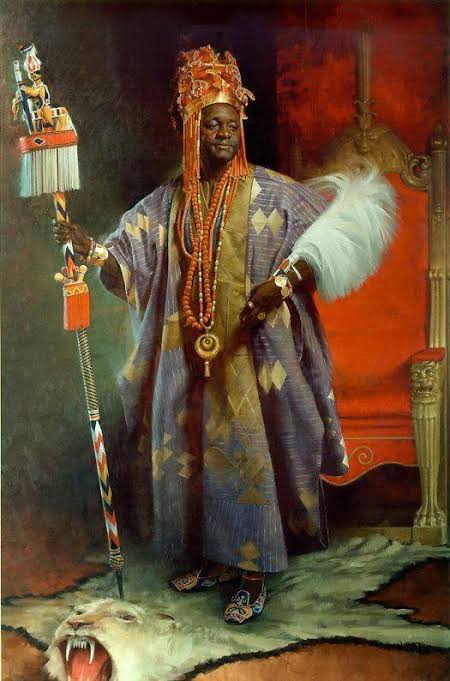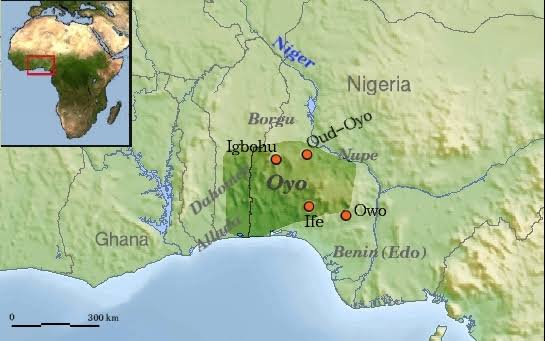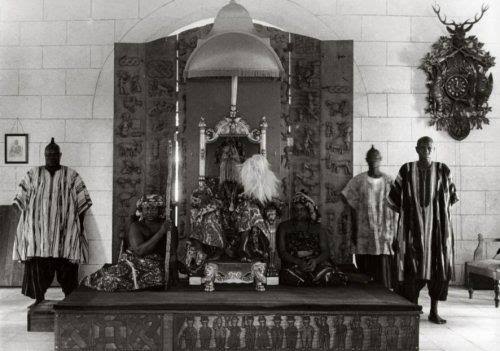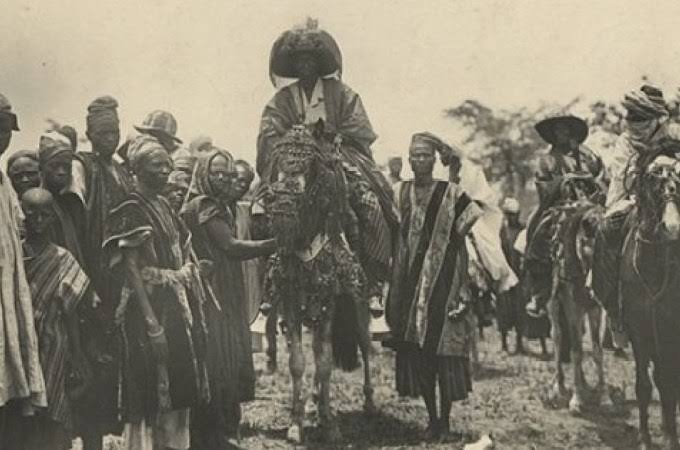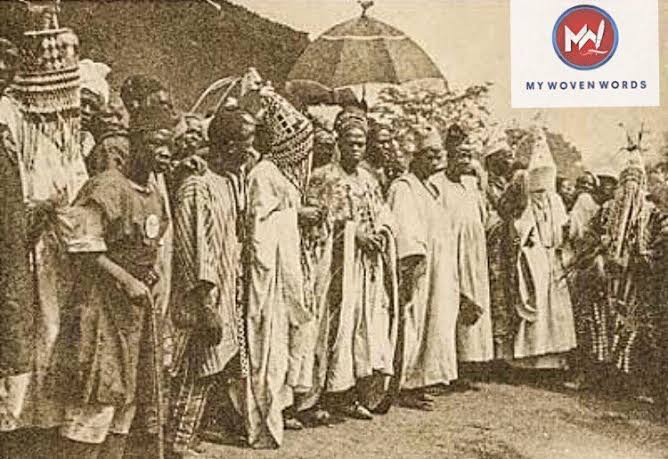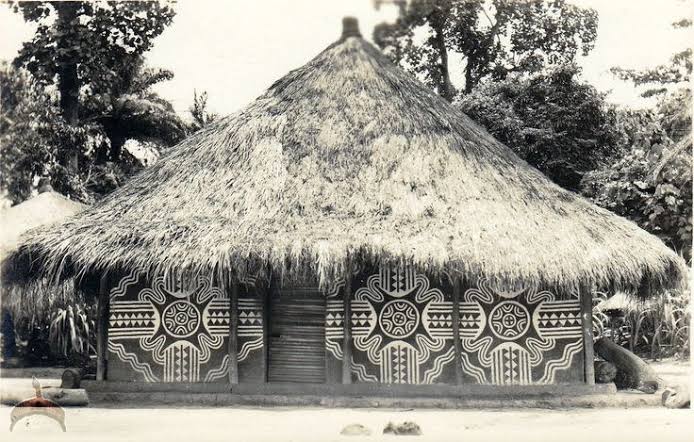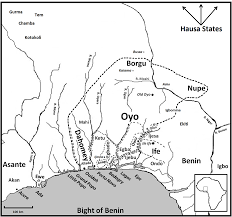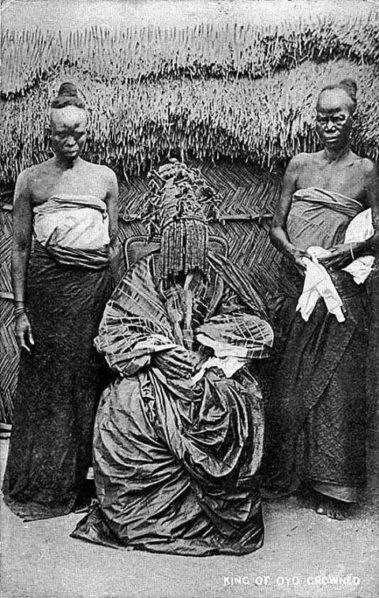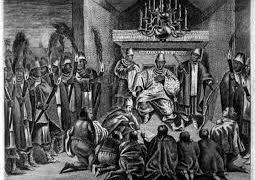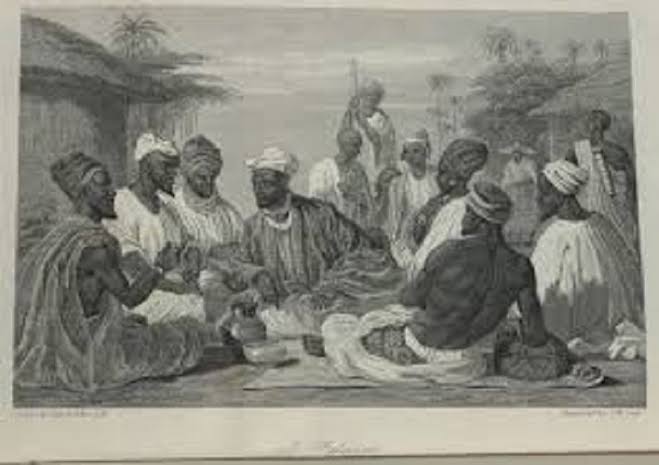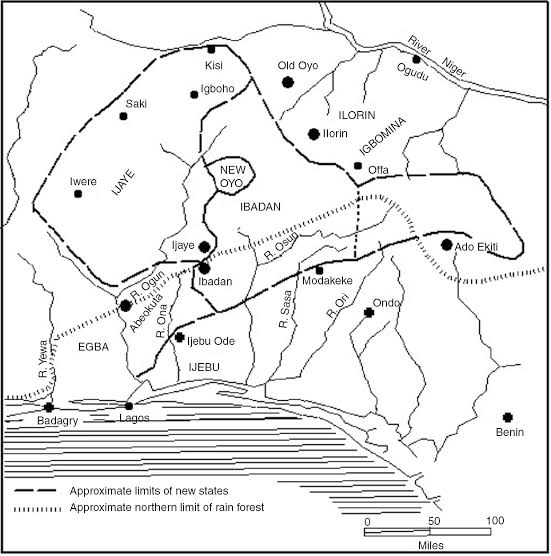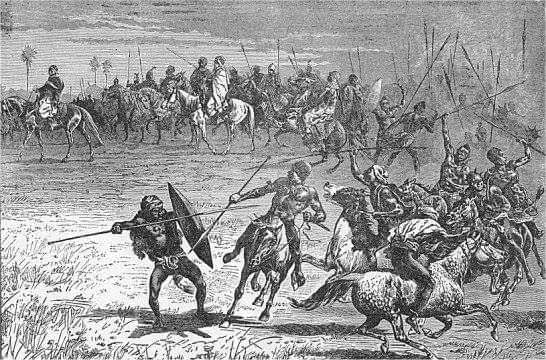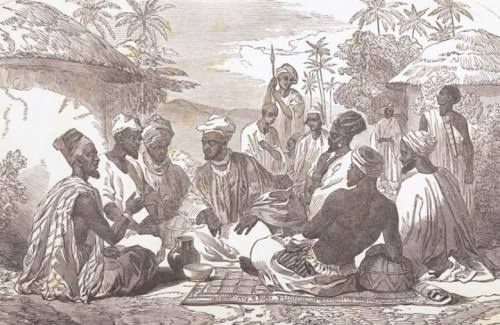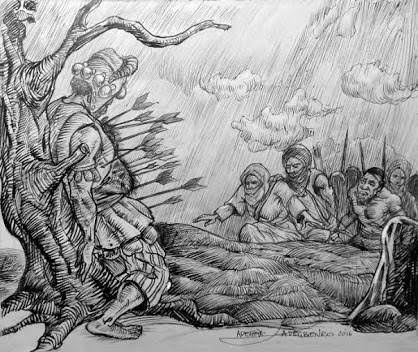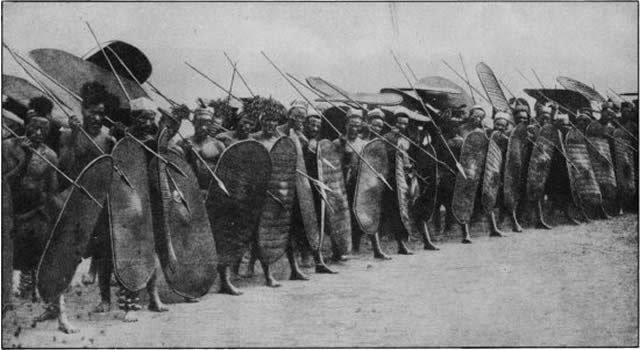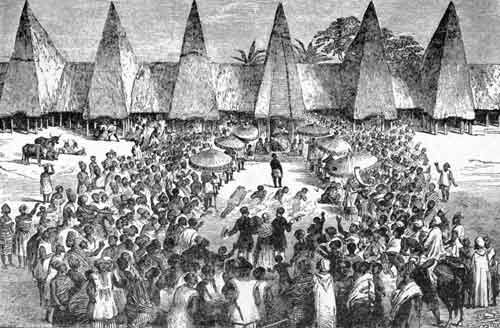The Rise and Fall Of Oyo Empire.
Oyo Empire was Established by Oranmiyan of the Yoruba people of West Africa from Nigeria to Benin Republic founded in 1300s, Oyo quickly grew to become one of the most powerful states in the Yoruba-speaking region.
Oyo Empire was Established by Oranmiyan of the Yoruba people of West Africa from Nigeria to Benin Republic founded in 1300s, Oyo quickly grew to become one of the most powerful states in the Yoruba-speaking region.
From its capital city at Oyo-Ile, this weak state in the early 1500s, had by 1550 conquered two neighboring kingdoms, Borgu and Nupe, to become the most dominant political entity in the region.
Oyo was ruled by an alafin (king) who shared power with the Oyo Mesi, aristocratic leaders from each of Oyo city’s seven wards. The Oyo Mesi were responsible for the selection of the alafin. They could also call for an alafin’s suicide if he abused his power.
Under Alafin (King) Obalokun, Oyo expanded southwestward to the Atlantic coast, and became part of the Atlantic Ocean trade system which made Oyo to be able to acquire much-needed foreign exchange.
During the seventeenth and eighteenth centuries, Oyo further expanded westward under Alafin Ajagbo, becoming a major empire, but never encompassing all Yoruba-speaking peoples.
In response to attacks by the Nupe people, Oyo became much more militarized, reorganizing its cavalry and infantry in the sixteenth century. The cavalry became the foundation of the army. Due to its Atlantic ports, Oyo was obtain horses for its cavalry from Europe/North Africa.
Oyo’s wealth from trading and especially slave trading led to debates about the kingdom’s future. Some alafins wanted to use the wealth to maintain the army and expand the geographic area of the state, others wanted it for conspicuous consumption.
These differences led to civil wars as rivals competed for control of the throne and of Oyo’s vast treasury. This period of internal strife ended with Alafin Abiodun (1754-1789) who reduced the power of the army.
The downfall of the Kingdom of Oyo was rather swift.
The downfall of the Kingdom of Oyo was rather swift.
Abiodun, concerned with little other than grand displays of royal wealth, allowed the Oyo army to disintegrate. This in turn allowed weaker peripheral states to break free of Oyo’s control. Eg Dahomey in the southwest, soon became a political and military rival.
Oyo was as a result defeated by Benin in 1783 and Nupe in 1791 because of the growth in trade of firearms which made the empire to be shaken after years of recovery.
Oyo was also affected by the Fulani Jihad waged by Muslims on its northern frontier. Eventually these provinces broke free as well.
By the beginning of the 19th Century Oyo lost control of lucrative trade routes which had been a major source of state revenue. By 1837, the kingdom of Oyo had collapsed.
Another contributory factor to the collapse of Oyo Empire was the constitutional crises and the civil wars which started from Aole& #39;s reign. It all started when Aole ordered Apomu , a town under Ife to be attacked.

 Read on Twitter
Read on Twitter